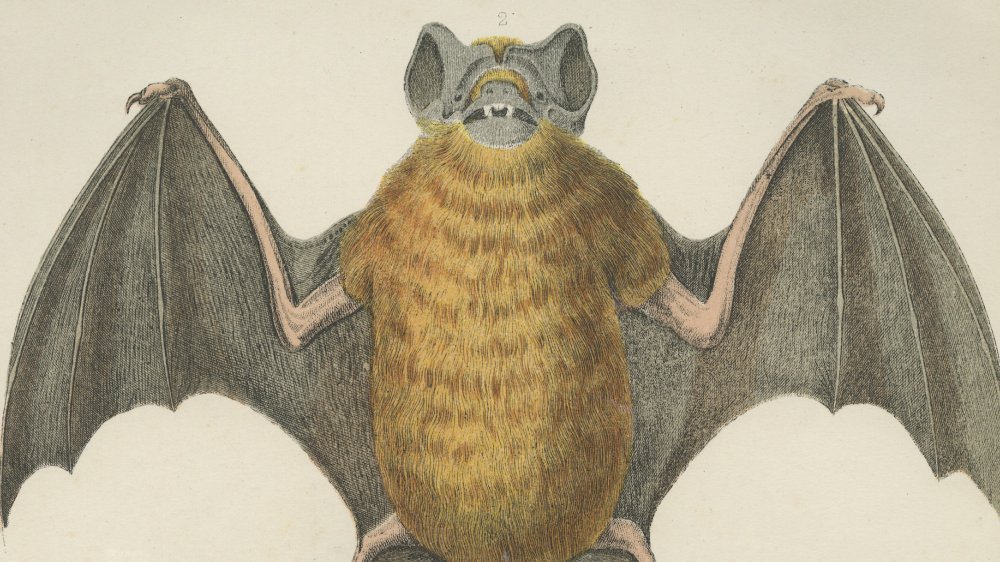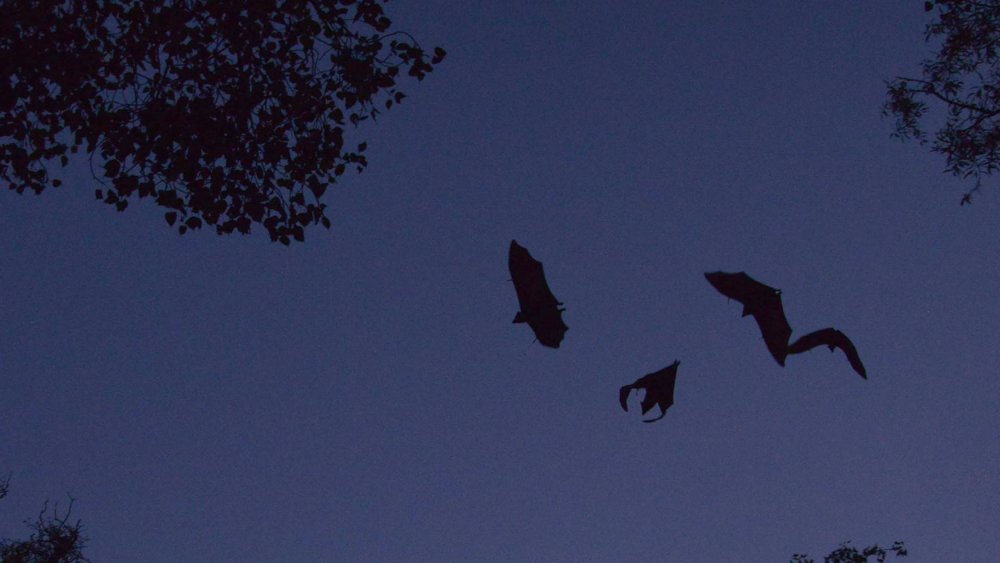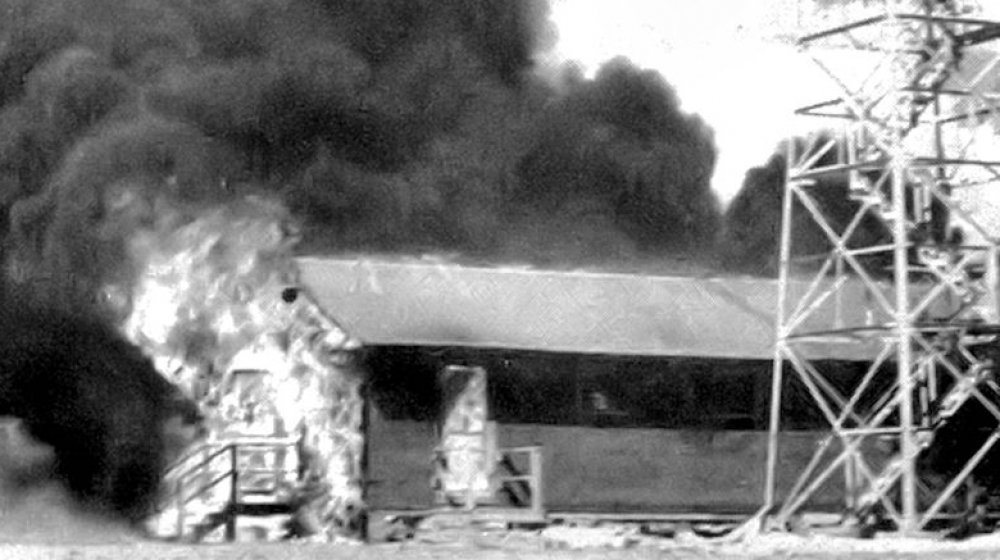The Messed Up Truth About WWII's Bat Bombs
Once or twice in a generation, a hero comes along. Someone with the drive, the vision, the unabashed moxy to turn the world on a dime and change the course of human history. Their guile and panache sets them apart from us hapless plebes, and their sui generis dream of a better tomorrow leaves the cultural landscape forever shifted. In recent years, people like Steve Jobs and Elon Musk and the vat-grown human/Terminator hybrid designated Mark Zuckerberg have slotted themselves into this nook of futurist exceptionalism.
And not one of them holds a candle to the legacy of Lytle S. Adams, the World War II-era dentist who tried to avenge the attack on Pearl Harbor by giving hand grenades to bats.
Bats am become death, destroyer of worlds
It was a day which would, by many estimates, live in infamy: December 7th, 1941. Word had just reached the mainland that the Pearl Harbor naval base had been attacked by Japanese forces. Lytle Adams, a dentist hailing from Pennsylvania, was incensed, enough so that he turned his recreational spelunking expedition in the caves of New Mexico into a mad scientist's working vacation.
The exact details of the days leading up to his proposal, as reported by The Atlantic, are hazy, but one assumes there was a lot of cackling and arc welding and cries of "Soon they'll see! They'll all see! Who's batty now?" while thunder boomed in the distance. Adams, inspired by the cave-dwelling creatures he'd encountered on his trip to the American southwest, had realized that bats could be harnessed not just as cliche Halloween decorations, but as a force for unrelenting chaos. He'd seen the way they burrowed into every nook and cranny, burying themselves deep inside of structures where they couldn't be reached. In them, he saw an opportunity to exact terrible revenge upon those who had dared harm his beloved United States. And in them, he saw an opportunity to strap thousands of tiny incendiary bombs to thousands of tiny bats, freeze them into artificial hibernation, stick them in cardboard tubes, and airdrop them into metropolitan areas — like you do.
Sonar, and yet so far
Before you shrug this off as the machination of a third-tier Bond villain, know that Adams had the ear of the executive branch thanks to another concept he'd championed: a way for aircraft to pick up cargo without landing. Yes, like in The Dark Knight. There's a lot of Batman to this story.
The bare bones version of Adams' plan goes like this: if one were to attach small, timed fire bombs to a thousand individual bats and then release them into a city, the bats would embed themselves in the cracks and corners of buildings in a dangerously unpredictable way. The damage would be catastrophic and the loss of life minimal, assuming you gloss over all the dead bats. When he presented the plan to the military, they laughed and called him a mad man and no, just kidding, they dropped $2 million on the project over the next two years.
Sadly for Adams but happily for bats, the project was scrapped in December of 1943 after the unforeseeable happened: some of the exploding bats got loose and set fire to a U.S. Air Force test site and a general's car. Also, America was pretty invested in the atomic bomb at that point, so the creation of an army of flaming bat Pokemon probably seemed a little elementary school by then.
Lytle, meanwhile, went on to champion his next project: a fried chicken vending machine. Man, the folks at the Invent Help hotline must have lived for this guy's phone calls.


